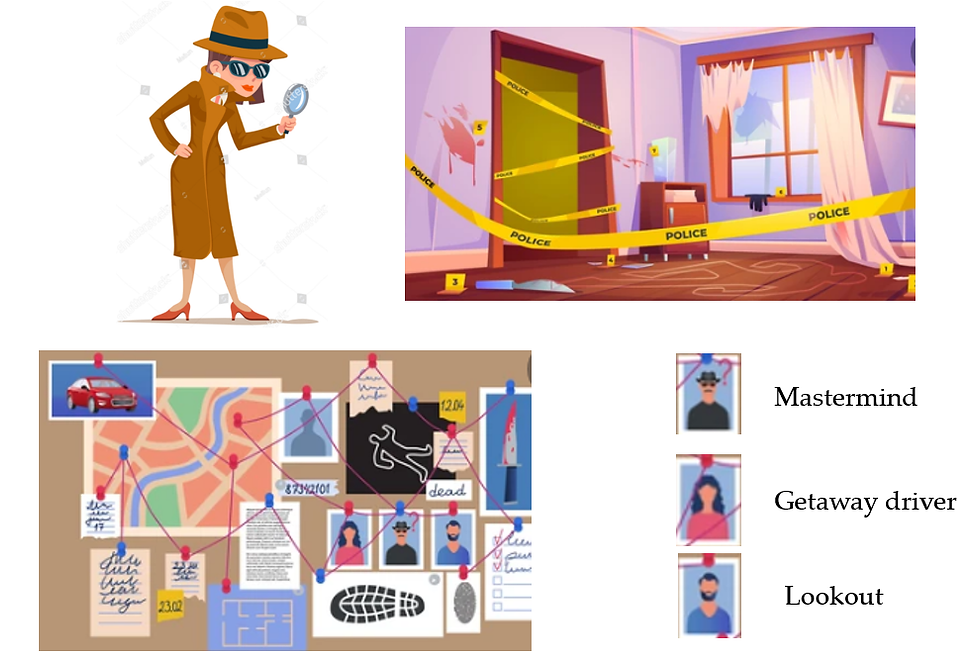Process Mining in Banking
- Niyi Ogunbiyi
- Mar 23
- 2 min read
Process Mining is like an MRI scan for your business
Just as an MRI reveals the human body's inner workings, process mining reveals what’s happening inside your business processes.
It scans the digital traces left in systems (logs, events, transactions) to build a real-time, end-to-end view of operations.
Why Do Banks Need It?
Gain full visibility into complex, cross-functional processes like KYC, loan approvals, and payments.
Detect inefficiencies, delays, and rework that impact customer experience and operational costs.
Improve regulatory compliance by understanding and monitoring actual process execution.
Identify automation opportunities to streamline routine tasks and reduce manual effort.
Strengthen decision-making with data-backed insights into process performance.

MRI Scanner Process mining fuels continuous improvement. It provides objective, fact-based insight into how processes actually operate, versus how we think they operate. By automatically visualizing the real workflow, teams can spot variations, pain points, and bottlenecks in each process step
Process mining also delivers performance metrics and a “digital twin” of the process, enabling organizations to test improvements and automation in simulation before making changes. Key ways it facilitates process improvement include:
Provide end-to-end process visibility – Creates a real-time map of the entire process, across departments and IT systems.
Identify pain points, variants, and bottlenecks – Pinpoints where delays or deviations occur and how many paths a process takes.
Measure performance metrics – Tracks cycle time, lead time, throughput, and other KPIs to quantify efficiency.
Highlight automation opportunities – Reveals manual, repetitive steps that are good candidates for RPA or other automation. In addition, it uses action flows to enable low-code automation to detect and close process execution gaps automatically.
Simulate and optimize scenarios – Lets you model “what-if” process changes (e.g., adding resources or skipping steps) and predict outcomes before implementation

Process mining strengthens compliance and risk controls. It continuously compares actual process execution against expected or mandated procedures to detect any deviations
. This conformance checking yields objective compliance metrics and diagnoses where violations or control gaps occur. With full visibility into who did what and when, process mining makes audit trails audit-ready and transparent. It supports governance by enabling ongoing monitoring of processes, and it reduces operational risk by catching issues (like skipped approvals or unauthorized steps) early. Key benefits for compliance and risk management include:
Compare actual vs. expected steps – Automatically check if each case follows the prescribed sequence and flag deviations.
Measure process conformance – Quantify compliance rates and identify where and why processes stray from policy.
Enable audit-ready documentation – Trace every transaction step-by-step, providing evidence for audits without manual effort.
Support governance and control – Monitor processes in real time for policy adherence, and enforce controls with alerts on violations.
Reduce operational risk – Identify weak spots and control failures (e.g. missing approvals) to prevent fraud, errors, and compliance breaches.
Click on this link to read an example of how Degussa Bank used process mining to improve customer experience and compliance.




Comments